
Delhi has a fascinating past as the capital of various dynasties from the 10th century onwards. Every dynasty left its own stamp on the city in the shape of magnificent edifices that would inspire awe for generations to come. Though the region is today a contiguous whole, there are many cities within the city of Delhi, each influenced by a different historical era. Over the centuries, this has resulted in a unique city with an incredible treasure of built heritage constructed by the rulers and the ruled. Of these, I have chosen rare 19th-century photographs from the Sarmaya collection that are iconic and describe the history of the city and its people.
Click on the accompanying label to read Rana’s comments
About the curator: Rana Safvi is a historian, scholar, translator and author with an abiding passion for all things Delhi. Rana is the author of Where Stones Speak: Historical Trails in Mehrauli, The Forgotten Cities of Delhi, Tales from the Quran and Hadith and Shajahanabad – The Living City of Old Delhi. She has translated Sayyid Ahmad Khan’s Asar-us-Sanadid and Zahir Dehlvi’s Dastan-e-Ghadar and City of my Heart. Listen to Rana’s talk on the forgotten cities of Delhi for Sarmaya Talks
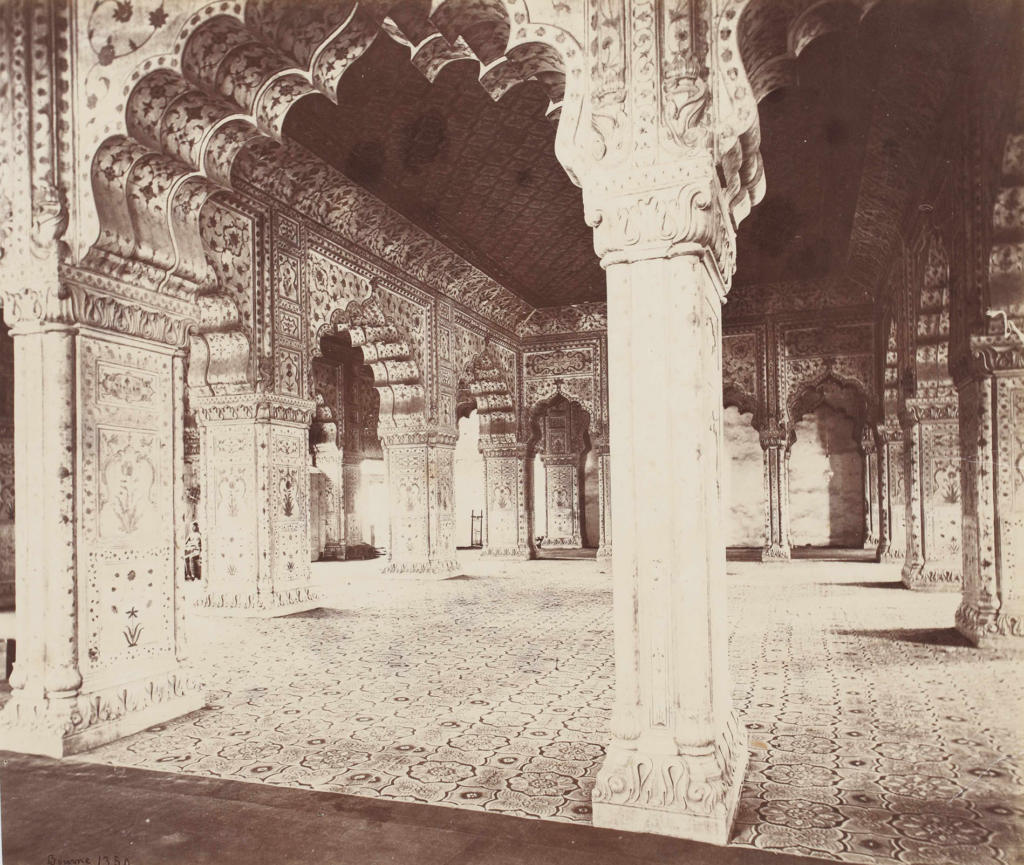
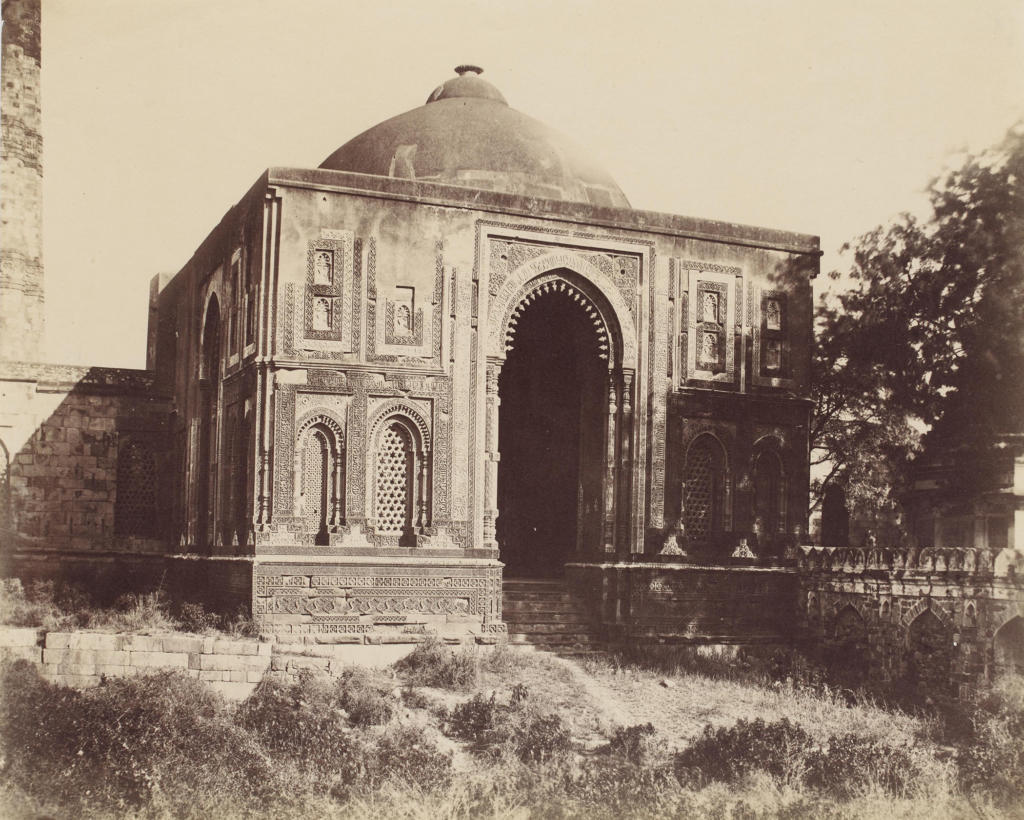
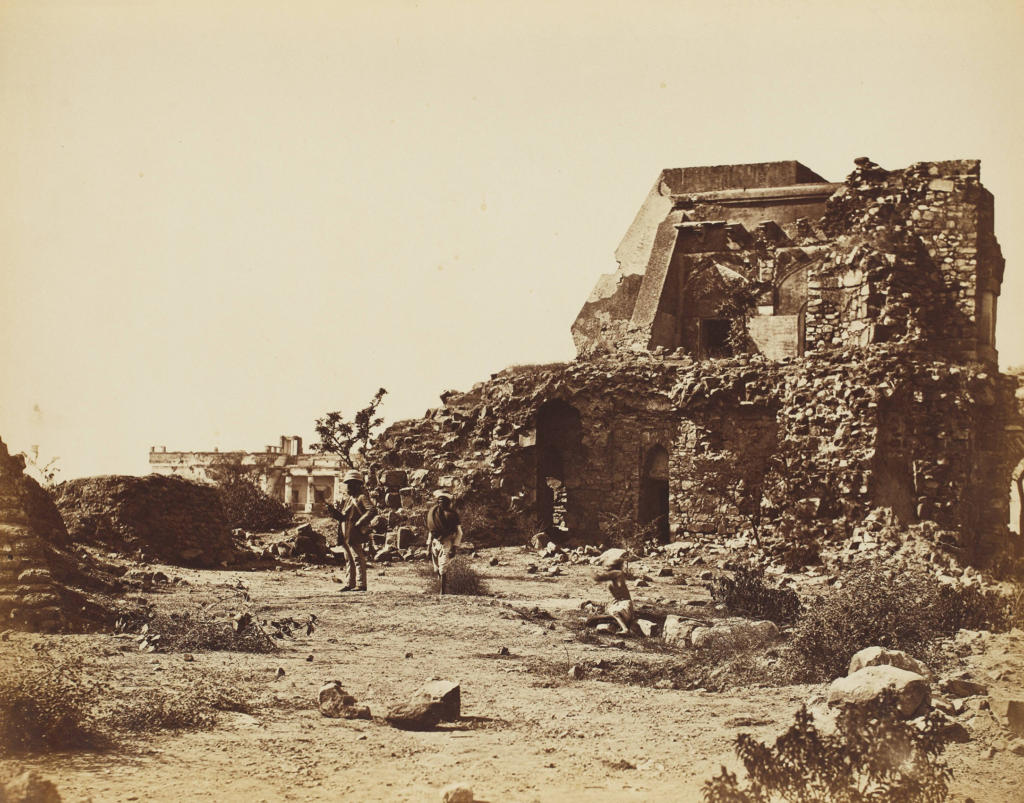
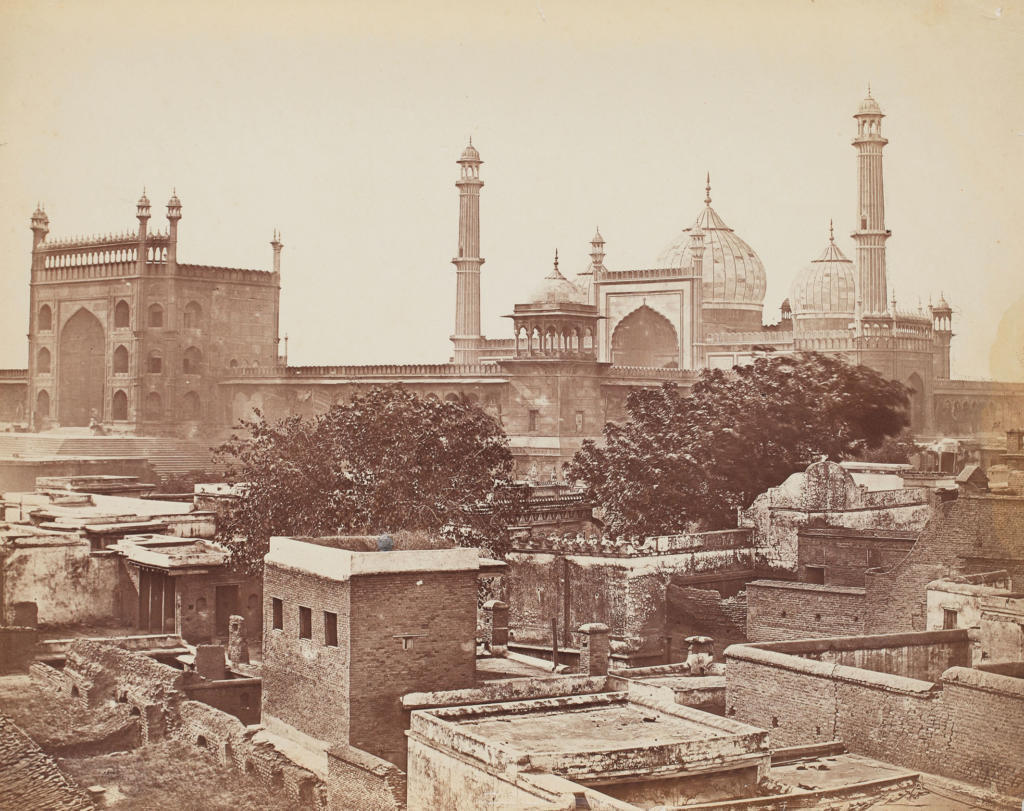
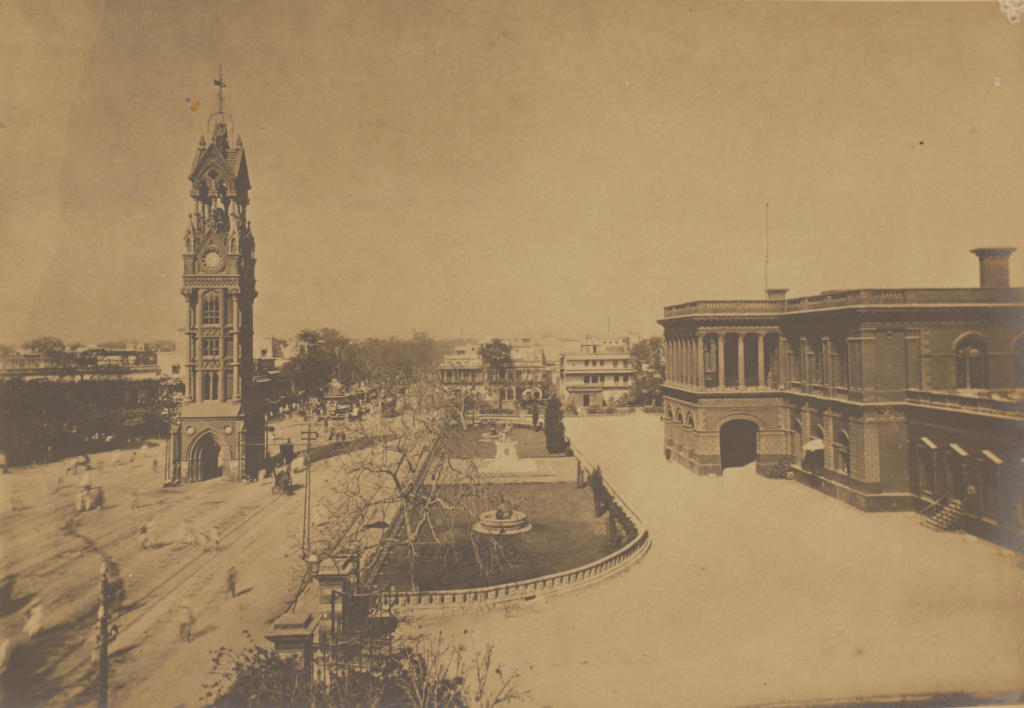
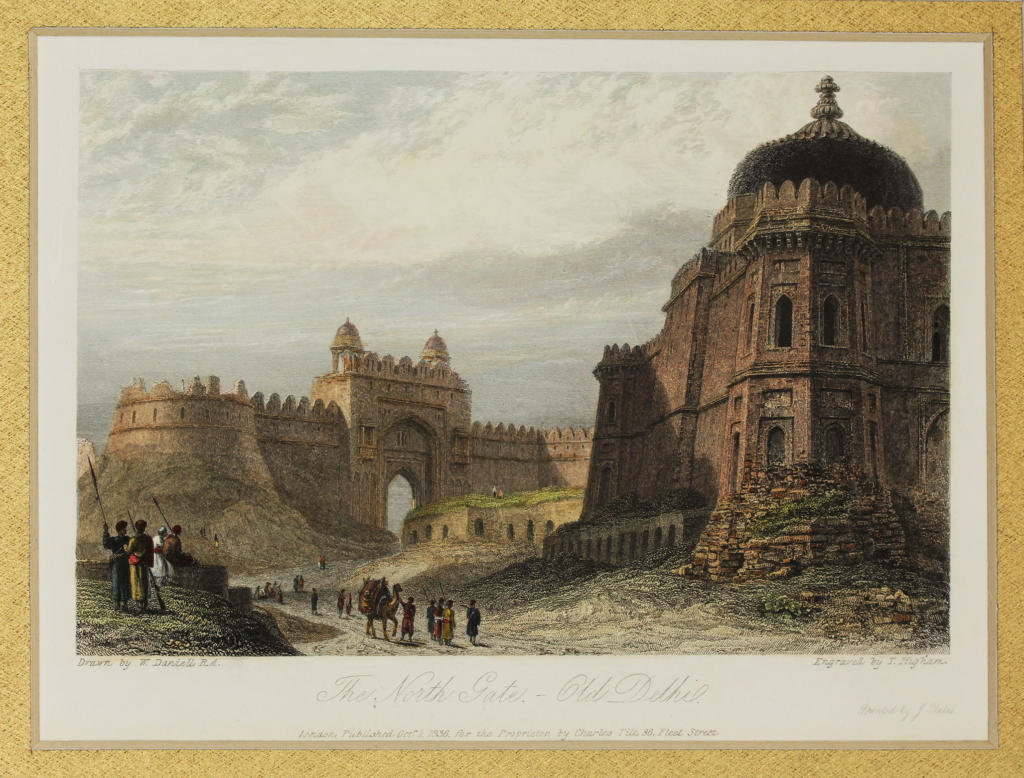
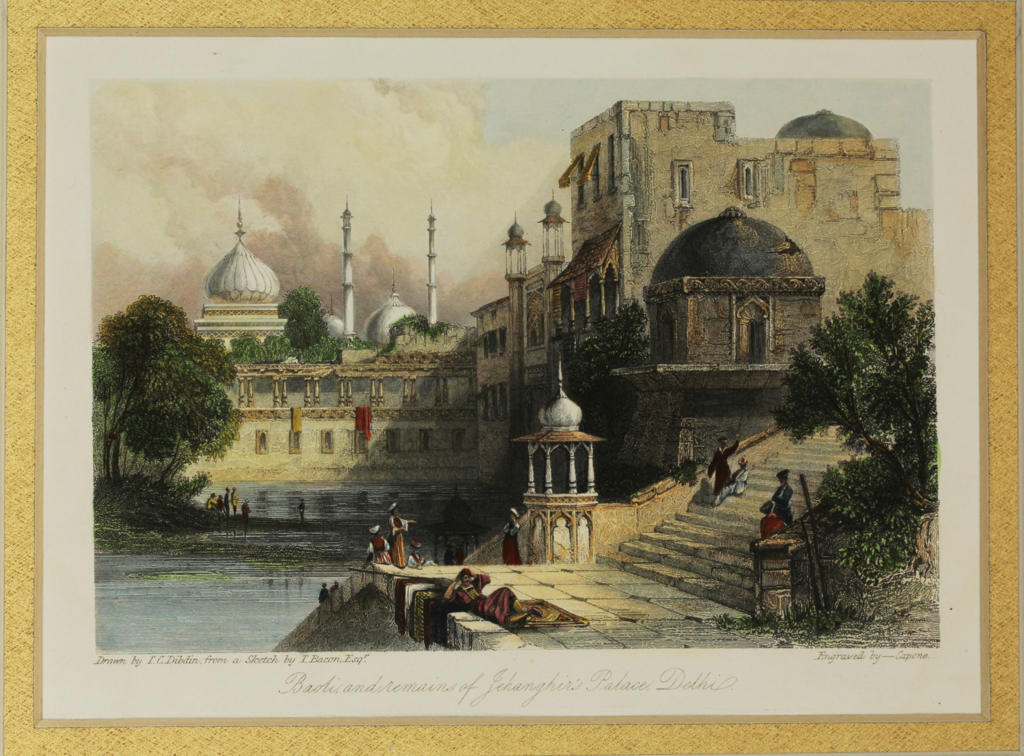
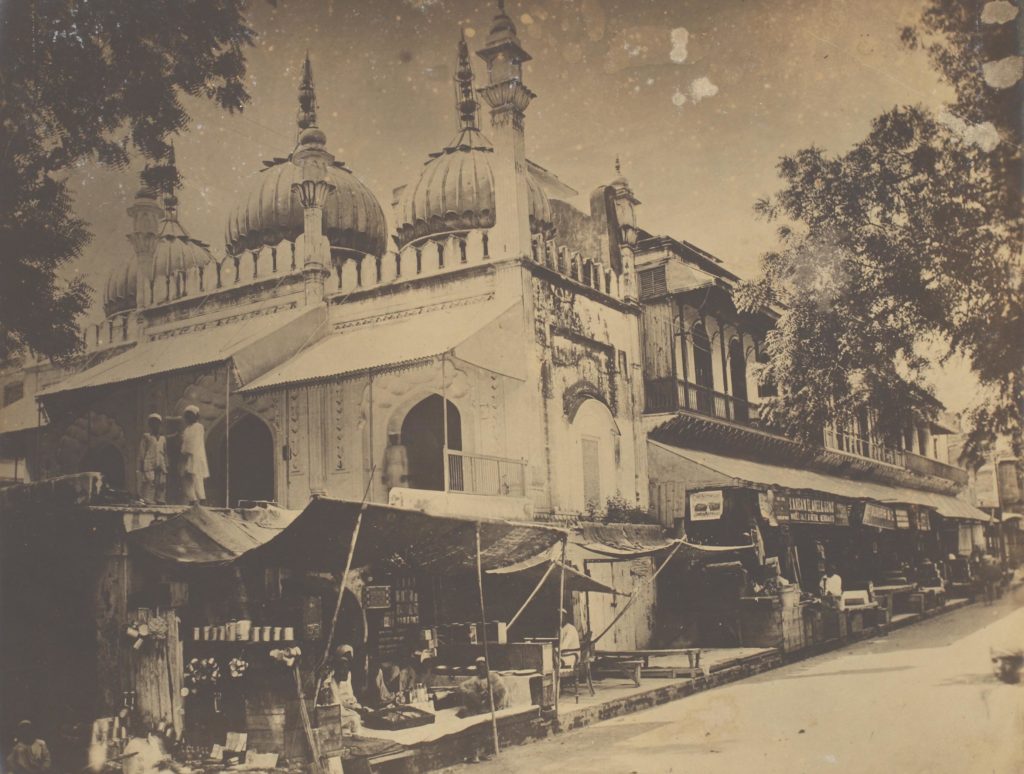
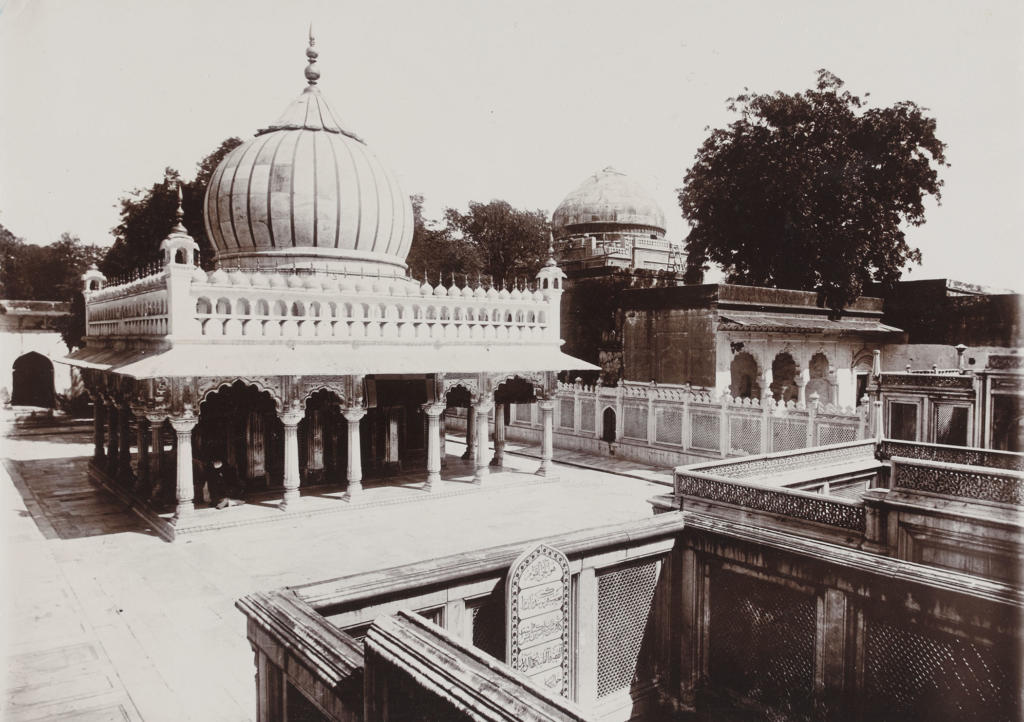
Thank you..
Wonderful to see imagery from another era and the insights provided by Rana
Fabulous …. revived many a childhood memory
Thank you !!
Splendid pictures some of which I had seen earlier but you gave a beautiful perspective.
Please keep the good work going. Much appreciated and awaited always.
Kind regards
Manish Tripathi
Fantastic..lived in Delhi
for 5 years and loved it a lot(and still do)
but never saw
it ‘this’ way.The esthetics,the interwoven
lore,the romance of the past in Rana’s
scholarly notes make it a memorable discovery.
Thank you????????❤
Ye dil maange more????
Its is beautifully written Rana ma’am…but i wanted to ask if Jama Masjid is the largest mosque of Asia or is it the Taj-ul Masjid?
@Khushbakht: As Rana observes in her editorial note: “Though Taj-ul Masajid of Bhopal is the largest Indian mosque, Delhi’s Jama Masjid is special for being the heart of Shahjahanabad.”